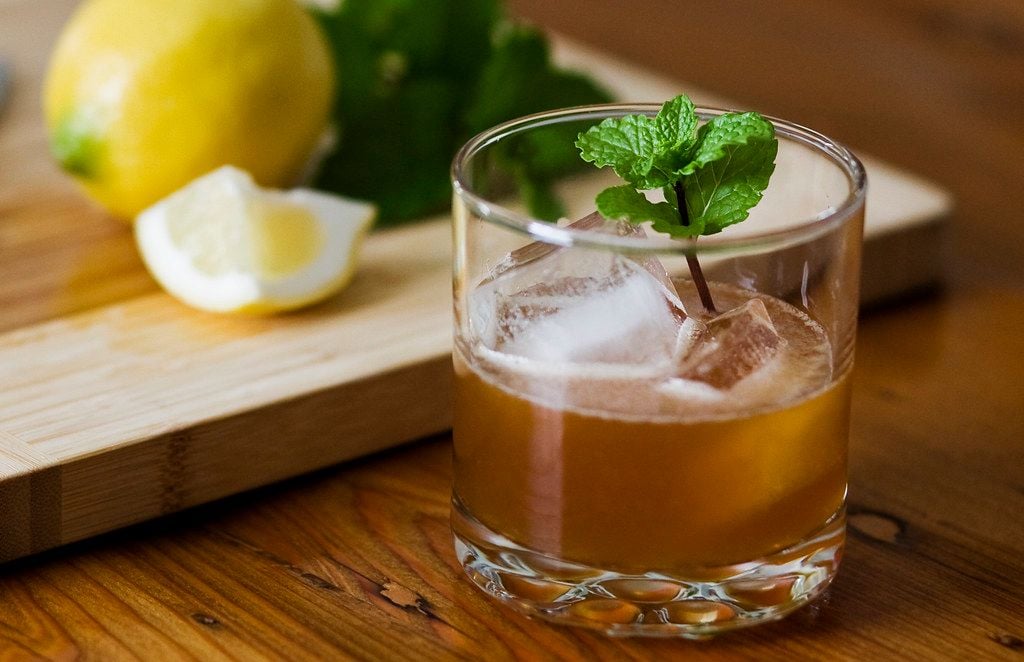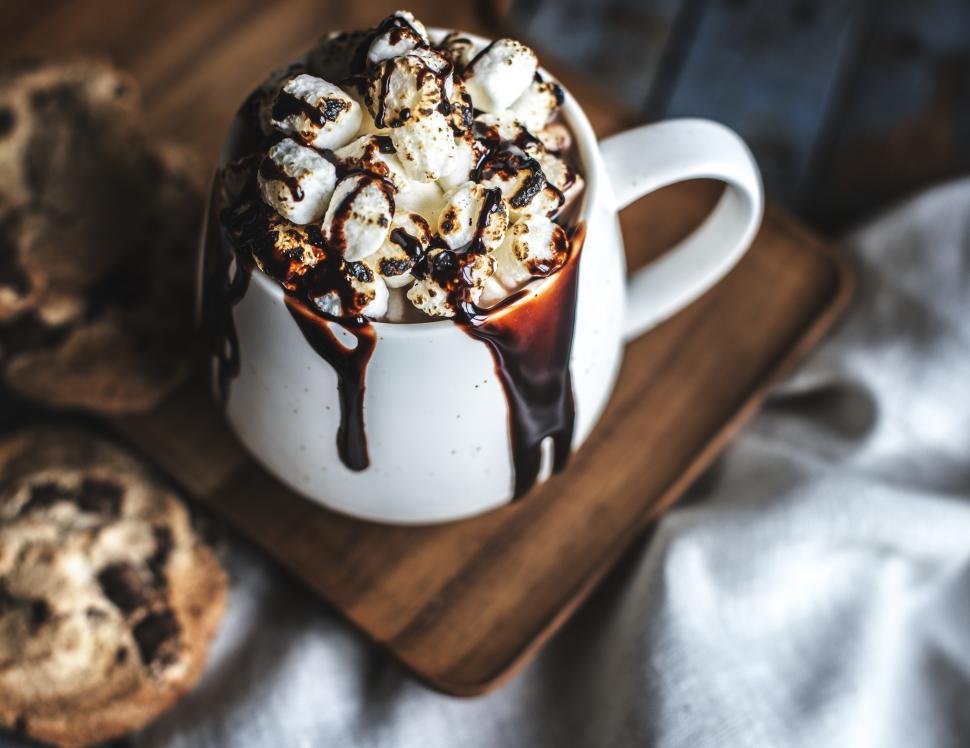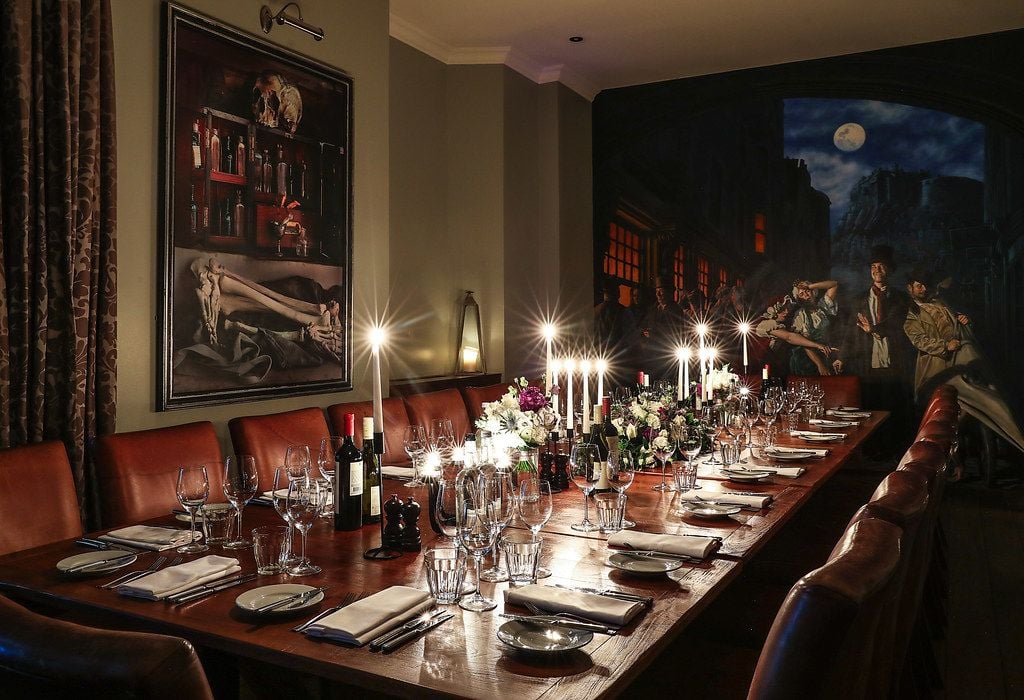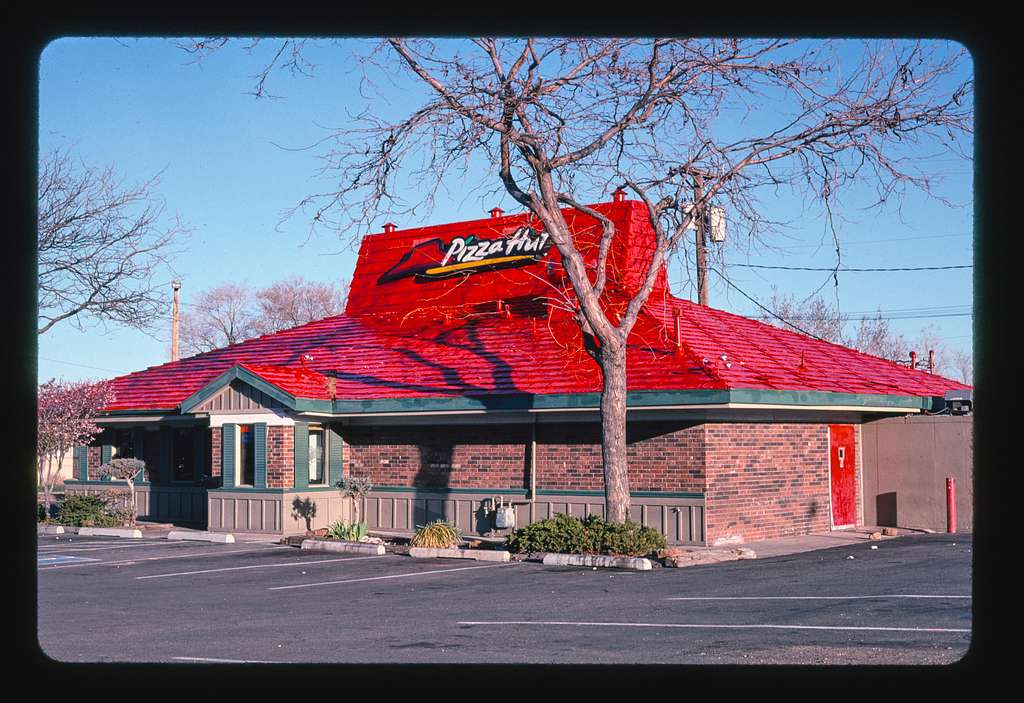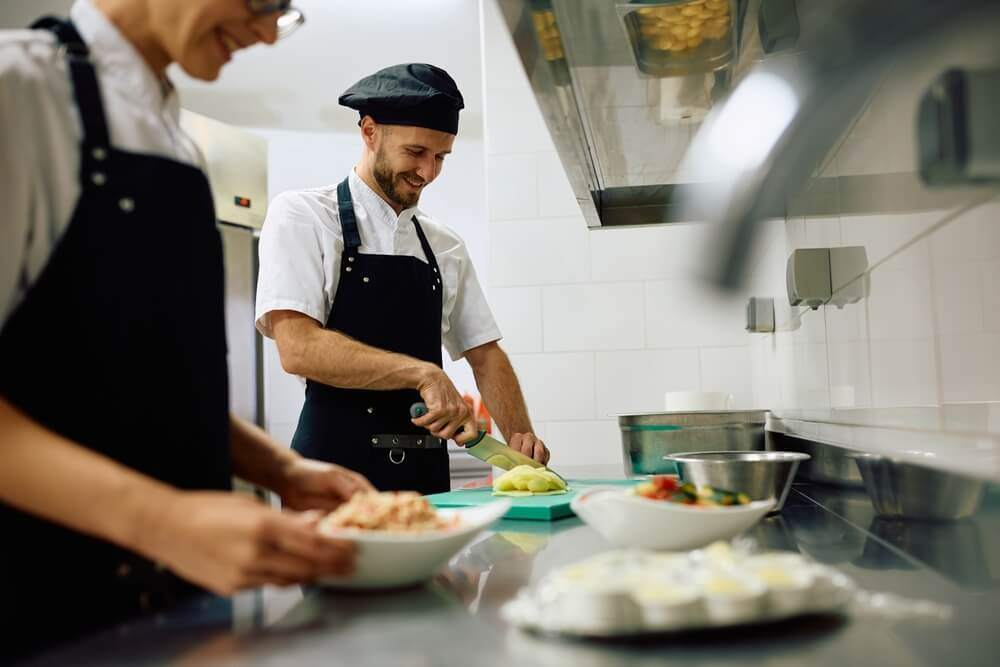
The Lemon's Path to Limoncello: Discovering the History of Italy's Famous Liqueur
- Sep 6, 2024
Limoncello, with its radiant hue and delightfully refreshing citrus notes, is arguably Italy's best testament to its sun-drenched, lemon-laden coastline. This homemade alcoholic infusion, or fruit liqueur, follows the global tradition marked by other liqueurs such as Umeshu from Japan or Nalewka from Poland-each echoing the unique culture, geography, and locally harvested fruits of their native regions.
Salvatore Calabrese, a seasoned bartender and author who hails from the heart of the Amalfi Coast, narrates his enchanting childhood memories painted with generous helpings of limoncello at the family gatherings. "The bottle of limoncello would always be there," he reminisces.
In the book 'Culinaria Italy', writer Claudia Piras suggests cultivation of lemon trees in the coastal town of Minori, near Amalfi, started as early as the 7th century. The abundant lemon harvest in the region fueled experimentation with citrus varieties. The result? Limoncello-a celebration of Italy's suniest crop.
Limoncello’s deeply-rooted history interweaves with cities like Amalfi, Sorrento, and Capri, each taking pride in its own version of the citrusy liqueur. Stories from the 18th century reveal that families in Sorrento started making limoncello using local citrus fruits. Sea workers along the chilly Amalfi Coast drank it to keep illnesses at bay during the winter months.
Not only has limoncello etched its place in Italy's cultural narrative, it has become a symbol of Italian hospitality around the world, including California. California's temperate coastal climates allow for similar lemon varieties to flourish, making it a fitting location for limoncello production outside Italy. According to Henry Tarmy, co-founder of Ventura Spirits, Eureka lemons are ideal for crafting the Californian adaptation of the Italian staple.
Creating limoncello isn't a secretive concoction, either. The process begins with carefully peeling only the yellow layer of a ripe lemon. The key lies in avoiding the white pith which would make the final product bitter. The limoncello-making tradition maintains its welcoming stride, encouraging enthusiasts to explore their own homemade creations to share with family and friends.
Italian bartender, Salvatore Calabrese, advises picking lemons at the start of summer and recommends beginning the maceration with high-proof alcohol within 48 hours. The mixture then rests in a cool, dark place, transforming into a golden infusion over a few days or even a month. The final steps introduce sugar syrup into the strained, lemon-infused alcohol, setting it for a lengthy, flavor-melding rest before its eventual serving.
These classic tales and modern renditions have translated into a global presence for limoncello which can be found riding the cocktail waves across bars in bustling cities. For instance, in London, or closer home in California, this lemony delight often graces the menus of many top-rated bars.
Reflecting on the global adoration of limoncello, Calabrese offers a hand of hospitality to his readers, saying, "Limoncello is one of the things you need to understand about our traditions. There is nothing more beautiful than a great lemon liqueur."


